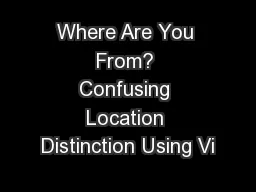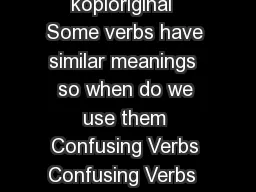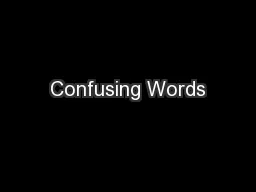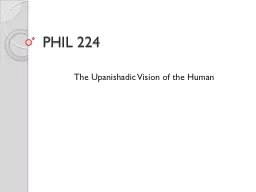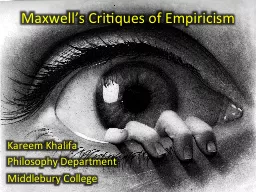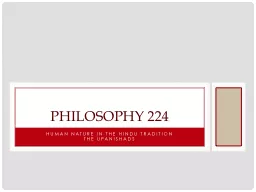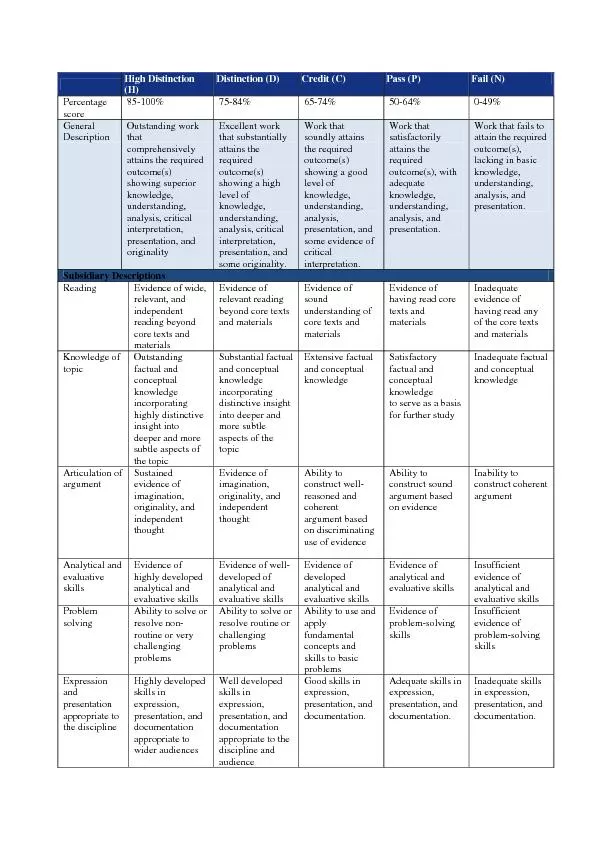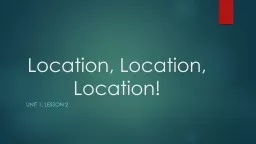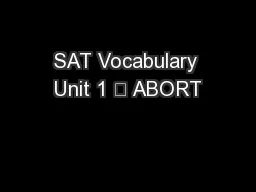PPT-Where Are You From? Confusing Location Distinction Using Vi
Author : debby-jeon | Published Date : 2016-03-25
Song Fang Yao Liu Wenbo Shen Haojin Zhu 1 Content Location d istinction Virtual m ultipath attacks Defense Experiment Summary 2 Goal of l
Presentation Embed Code
Download Presentation
Download Presentation The PPT/PDF document "Where Are You From? Confusing Location D..." is the property of its rightful owner. Permission is granted to download and print the materials on this website for personal, non-commercial use only, and to display it on your personal computer provided you do not modify the materials and that you retain all copyright notices contained in the materials. By downloading content from our website, you accept the terms of this agreement.
Where Are You From? Confusing Location Distinction Using Vi: Transcript
Download Rules Of Document
"Where Are You From? Confusing Location Distinction Using Vi"The content belongs to its owner. You may download and print it for personal use, without modification, and keep all copyright notices. By downloading, you agree to these terms.
Related Documents

